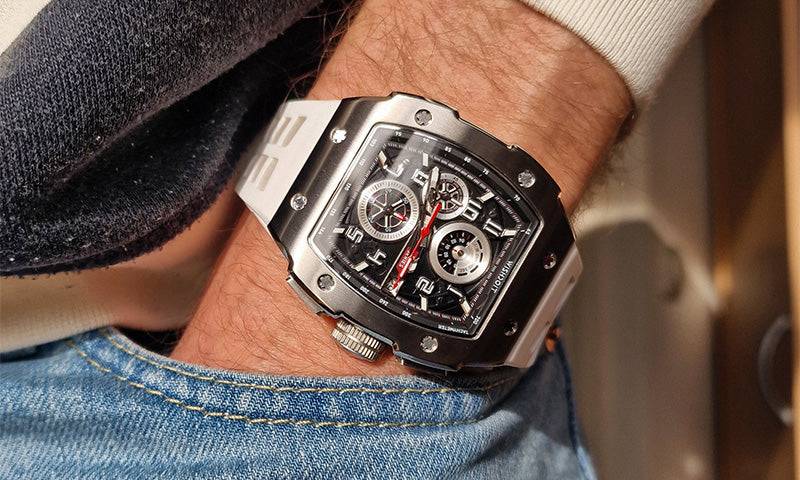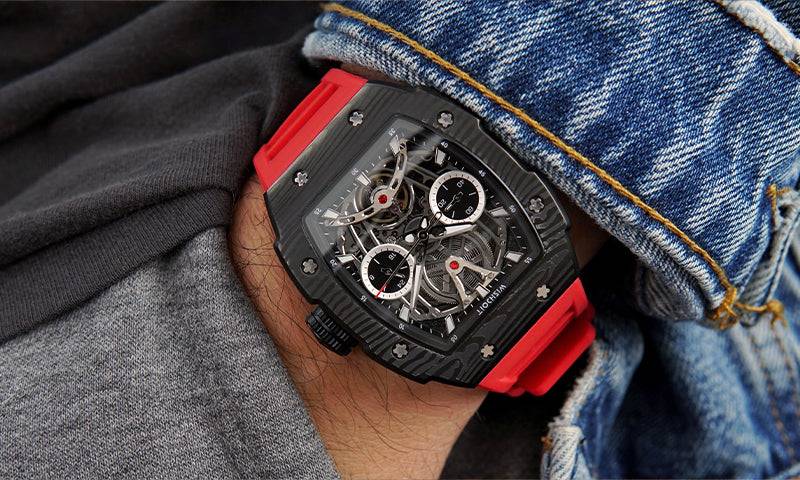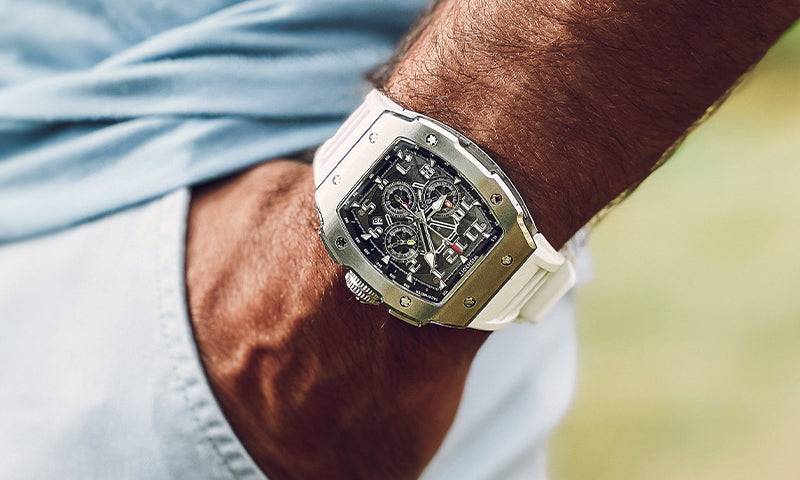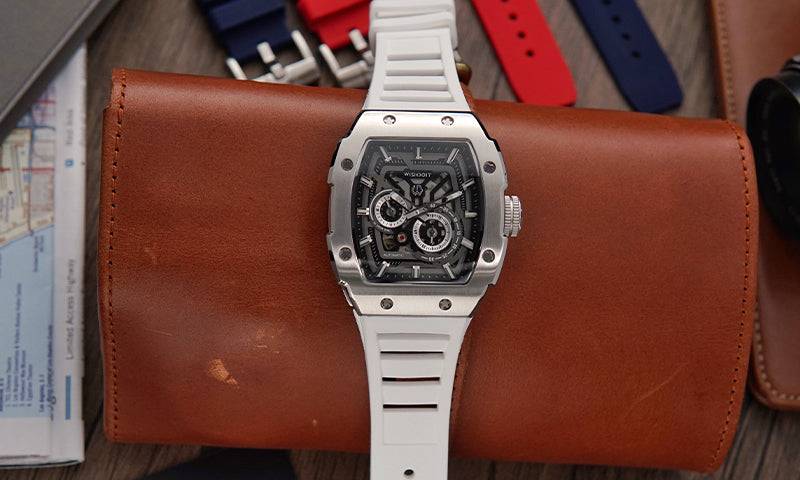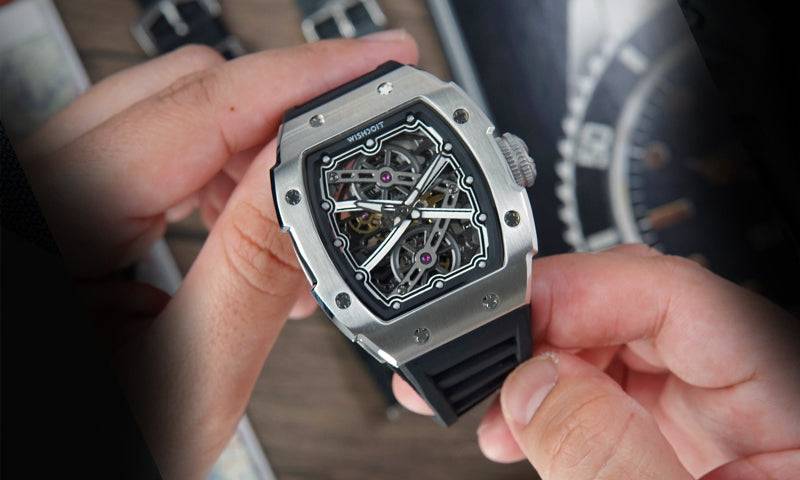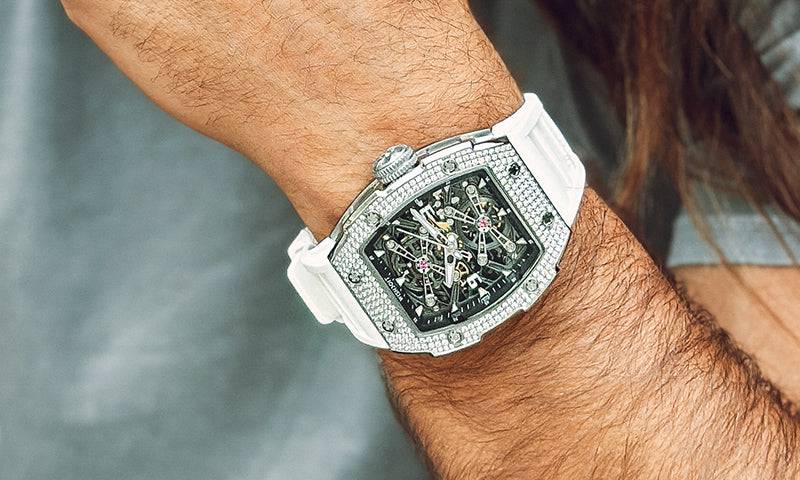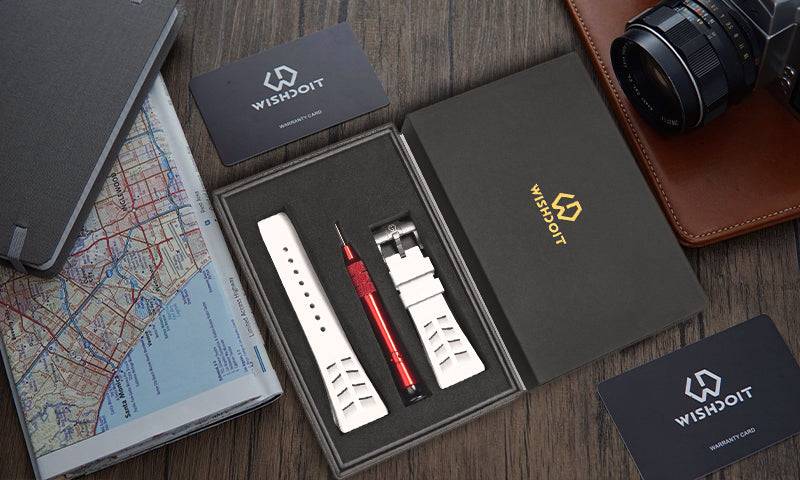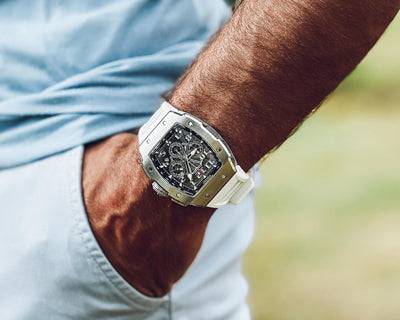Here You Will Find The Difference Between Quartz, Mechanical and Automatic Watches.
First, We Have 3 Types Of Watch Movements.
WHAT IS THE MOVEMENT OF A WATCH?
FURTHERMORE, FOR WHAT REASON IS IT SO SIGNIFICANT?
THE DEVELOPMENT OR CALIBER IS WHAT IS MOST IMPORTANT TO A WATCH.
FURTHERMORE, FOR WHAT REASON IS IT SO SIGNIFICANT?
THE DEVELOPMENT OR CALIBER IS WHAT IS MOST IMPORTANT TO A WATCH.
Portrayed as the core of a watch, development alludes to the system that drives the hands on a watch face and powers its intricacies, for example, schedule, chronograph, or a double-time region.
While most watch buys depend exclusively on the outside, a man who has an eye for detail will value the instrument within a watch.
A watchmaker invests a dominant part of his energy carefully planning the inside of a watch. Those mindful of watchmaking complexities demand that deliberately created systems characterize a work of art and separate it from a fair watch.
While most watch buys depend exclusively on the outside, a man who has an eye for detail will value the instrument within a watch.
A watchmaker invests a dominant part of his energy carefully planning the inside of a watch. Those mindful of watchmaking complexities demand that deliberately created systems characterize a work of art and separate it from a fair watch.
There are three kinds of development:
- Quartz – the development makes the recycled move in singular ticks. Controlled by a battery.
- Mechanical – the development will make the recycled move in a smooth clearing movement. The watch requires manual twisting to work.
- Automatic – dynamic vitality from the wearer's wrist is moved consequently to drive the instrument inside the watch.
1. Mechanical Movement
The progression of time on a mechanical watch is estimated by a spring-driven instrument. The spring (likewise called a heart), should be twisted occasionally.
Mechanical or manual watches perform a similar capacity as those controlled by quartz development. Aside from the absence of a player, closer assessment uncovers a bonus – an additional feeling that has gotten extravagant of numerous a horologist. A mechanical universe of complex spiraling springs and moving riggings that fuel the development of the watch hands with exquisite precision.
A portion of the rotor systems on these watches work related to the world's gravitational force – packing the heart during wrist development and making dynamic vitality that powers the programmed winding instrument.
The mind-boggling system in these watches can frequently just be portrayed as craftsmanship. Indeed, with some manual development watches – perusing time turns into an untimely idea as these exemplary wristwatches come to pass into something different. They are all the more fittingly named watches, gatherer's things, and extras.
How Mechanical Development Functions
- In contrast to quartz developments, a mechanical development utilizes vitality from the injury origin to control a watch, as opposed to a battery.
- This spring moves vitality through various springs and riggings, driving the capacity of the watch's hands and the inconveniences.
Advantages Of Mechanical Development
- Life span: A very much assembled mechanical watch will endure forever with appropriate consideration.
- Batteries: You don't have to stress over any battery substitutions, which are consistently a bother.
- Style: Numerous mechanical watches have an unmistakable sapphire packaging on the back which gives an away from the captivating pivots and motions of the moment working parts.
2. Automatic Movement
Frequently alluded to as self-winding, a programmed watch is a mechanical watch that outfits motor vitality from the normal movement of the wearer's wrist. The origin is consequently twisted from the normal developments of the wearer's wrist. Manual winding isn't needed.
How Automatic Movement Functions
The inner system is like a mechanical development.
- A metal weight called a rotor is added to the manual parts.
- The rotor can pivot openly and is associated with the development.
- The rotor turns with every development of the wrist, moving the vitality to the origin.
- The origin is naturally twisted because of this vitality move.
Advantages of An Automatic Movement:
- The custom of every day winding your watch isn't needed with a programmed watch.
- With ordinary wear, the watch keeps on working.
While technician watches will in general be nearly fragile and thin fit as a fiddle, programmed models are normally thicker in light of the extra rotors. An indication top-notch mechanical watch lies in the weight – it feels strong in your palm.

3. Quartz Movement

In 1969, the Japanese watchmakers presented quartz development. The dispatch of this innovation tested the customary watch houses that depended on mechanical development to control their watches.
Accordingly, the greater part of the setup watch organizations delivered their forms of quartz watches, launching a period of battery-worked wristwatches.
How Quartz Development Functions:
- A quartz watch is fueled by a battery that imparts an electrical sign through a bit of gem quartz.
- The quartz vibrates 32768 times each second, making a sign with an exact recurrence.
- The vibrations are estimated by the circuit and changed over into a solitary heartbeat consistently.
- The predictable development of the watch hands is an aftereffect of this heartbeat.
Advantages Of Quartz Development
-
Precise Time: A quartz system scarcely veers from the specific time, guaranteeing predominant exactness.
-
Convenience: Quartz watches are battery-fueled and don't need human mediation to continue ticking.
-
Low Support: The low number of moving parts and the presence of a battery guarantee that quartz watches are lower upkeep.
-
More affordable: Mechanical and programmed watches require more watchmaking hours and expertise. Quartz watches are subsequently less expensive.
-
Solidness: A quartz watch has less moving parts that may require fixing, making it more strong than a mechanical watch.
You’ll also like:




